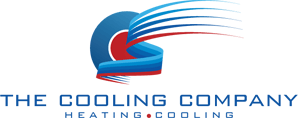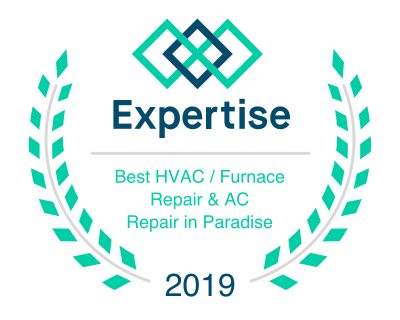As a Las Vegas business owner, the effectiveness and efficiency of your commercial HVAC system are paramount for maintaining a comfortable environment and managing energy costs effectively. With air conditioning consuming significant portions of electricity and the average commercial building wasting about 30% of the energy it consumes, understanding both how to enhance your current system and what to consider when installing a new one is crucial.
DIY – Enhancing the Efficiency of Your Existing HVAC System
- Open All Vents: It’s a common misconception that closing vents in seldom-used rooms saves money. In reality, this makes your HVAC system work harder, increasing energy usage. Ensure all vents are open and unobstructed.
- Invest in a Smart Thermostat: A smart thermostat can adjust the temperature based on the time of day and occupancy patterns, helping to save energy and reduce wear on the system.
- Banish the Sun: Use curtains and solar screens to reduce heat from sunlight, which can cause your system to work overtime.
- Seal the Building: Prevent hot or cold air infiltration by keeping doors and windows closed, ensuring insulation is in good condition, and sealing leaks around utility pipes and ducts.
- Change the Air Filter: A clogged air filter makes your HVAC system work harder and consume more energy. Change it regularly to maintain air quality and system efficiency.
- Reduce Load Capacity: Lower the demand on your HVAC system by using energy-efficient lighting and minimizing heat emission from office equipment.
- Educate Your Employees: Encourage energy-saving habits among your staff and create an energy patrol to monitor and report conditions affecting HVAC performance.
- Create a Planned Maintenance Schedule: Regular maintenance ensures your system runs efficiently, extends its life, and can reduce service costs.
Considerations for Installing a New Commercial HVAC System
- The Advantages of an HVAC Unit Replacement: Upgrading to a new system can offer more reliable temperatures, better air quality, increased comfort, lower energy bills, a greener footprint, and reduced maintenance costs.
- Space Size: The size and layout of your building significantly impact the size and type of HVAC system needed. An accurate load calculation by a knowledgeable technician is vital to ensure the system is neither too large nor too small.
- System Type: Different spaces and needs require different systems. Options include single-split, multi-split, VRF/VRV, and VAV/CAV systems. The choice depends on your building’s size, layout, and specific climate control needs.
- Building Position and Internal Temperature Factors: Your building’s geographical position and internal processes (like kitchens or machinery generating heat) can affect ambient temperatures, necessitating a system capable of handling these unique challenges.
- System Efficiency: Consider systems with high EER, SEER, HSPF, and AFUE ratings for better energy efficiency. Look for the Energy Star label to ensure the system meets stringent energy efficiency criteria.
- Ductwork Condition: Before installing a new system, ensure that your ductwork is in good condition and adequately sealed. Inefficient ducts can significantly reduce system efficiency.
- Indoor Air Quality Needs: If your business involves the use of chemicals, or if you have special temperature and humidity requirements, ensure your new system can adequately address these air quality needs.
- Additional Considerations: Understand the costs involved, including equipment, controls, ductwork, system startup, and ongoing maintenance. While the lowest estimate might be tempting, it might not offer the best long-term value. Ensure your system is properly sized and that you’re working with a reputable HVAC company.
Striving for Peak Performance and Comfort!
Optimizing your existing system or installing a new one requires a balance of understanding your specific needs, the capabilities of various systems, and the practices that will lead to sustained efficiency and comfort. Regular maintenance, smart upgrades, and informed installation choices will contribute to a more comfortable environment for employees and customers, and significant energy and cost savings for your business. Always consult with professional HVAC technicians for personalized advice and solutions tailored to your Las Vegas business’s unique requirements.
We want to have your HVAC system working at peak performance. Your HVAC system’s job is to keep all in the building comfortable, and our team of experts can make that happen! With Our Years Of Experience and your goals of customer satisfaction, we can partner together to have your commercial HVAC services up and running in tip-top condition.
At The Cooling Company, we can show you additional ways to get the most out of your purchase whatever the season. So be sure to Contact Us Today!












